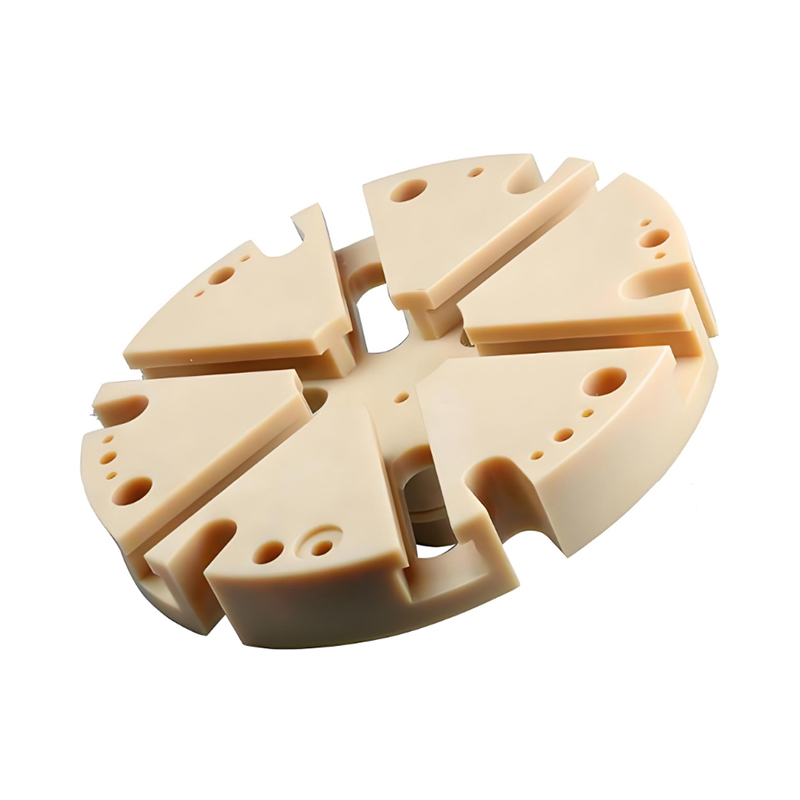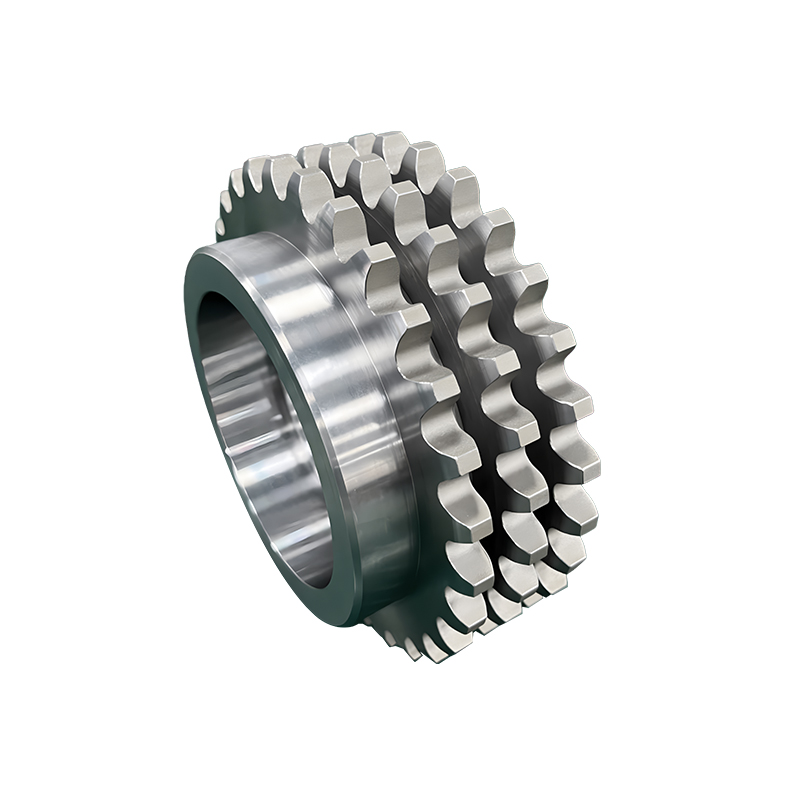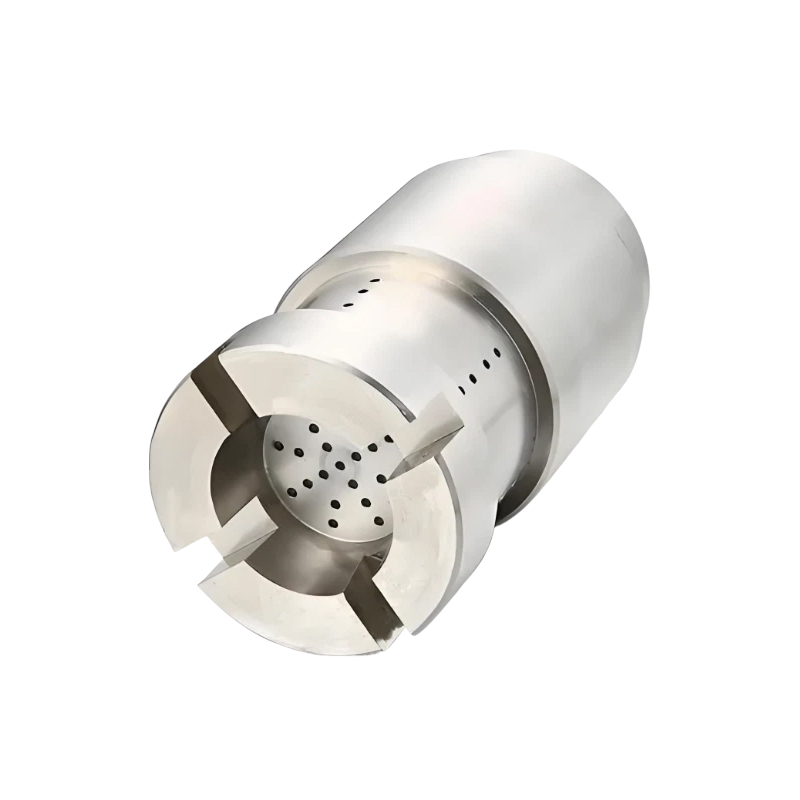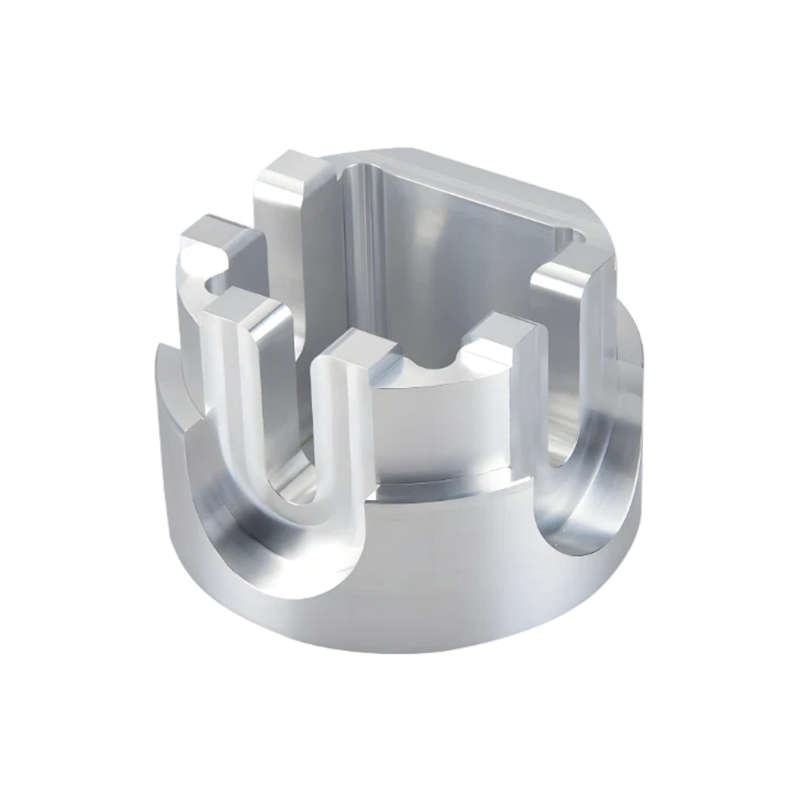Revealing the hard-core strength of copper parts in extreme industrial environments
Release Time : 2025-07-10
With the continuous development of modern industrial technology, many equipment and systems need to operate stably in extreme environments of high temperature and high pressure. For example, in power transmission, aerospace, shipbuilding, petrochemicals, and high-end electronic cooling systems, higher requirements are placed on the heat resistance, pressure resistance, and material stability of components. In this context, machined copper parts have gradually become important structural components in high temperature and high pressure applications with their excellent physical properties and precision processing technology.
1. Copper material properties provide basic guarantees for high temperature and high pressure environments
Copper parts used for machining are usually made of high-quality electrolytic copper, which has extremely high purity, excellent electrical conductivity, thermal conductivity, and good ductility. Although the melting point of copper is about 1083℃, it will soften or even oxidize at extremely high temperatures, but through reasonable alloy modification or surface treatment, its stability in high temperature environments can be significantly improved. In a high-pressure environment, copper has a high density and good plasticity, and can withstand large mechanical stress without easily brittle cracking or fatigue fracture. Therefore, high-quality machined copper parts can not only perform well under normal temperature and pressure, but also have strong adaptability under high temperature and high pressure conditions.
2. Performance under high temperature environment
Under high temperature environment, the performance of copper parts is mainly reflected in three aspects: thermal conductivity, softening resistance and oxidation resistance. First, copper is an excellent thermal conductive material second only to silver among known metals, which makes it particularly outstanding in high-temperature occasions (such as power connectors, LED heat sinks, and high-frequency welding equipment) where rapid heat dissipation is required. Copper parts formed by precision machining can effectively improve the efficiency of heat transfer and avoid performance degradation or safety hazards caused by local overheating. Secondly, although copper begins to soften when it exceeds 200°C, it can still maintain good mechanical strength when it is not exposed to oxygen or corrosive media. In addition, high-strength and high-conductivity copper alloys formed by adding trace alloying elements (such as chromium, zirconium, etc.) can improve their heat resistance to a certain extent, making them suitable for working conditions at higher temperatures. Finally, copper itself has a certain oxidation resistance, especially in dry air. However, in a hot and humid environment, copper is prone to generate an oxide layer (CuO/Cu₂O) or basic copper carbonate (patina). For this reason, many machined copper parts are passivated or plated (such as nickel plating, tin plating, tin lining, etc.) to enhance their chemical stability in high temperature environments.
3. Performance in high-pressure environments
High-pressure environments place extremely high demands on the sealing, structural strength and long-term stability of parts. Machined copper parts are widely used in high-pressure systems such as hydraulic systems, plumbing pipes, and pneumatic devices due to their high density, strong plasticity, and good pressure resistance. For example, in high-pressure water cooling systems, copper pipes or copper joints need to withstand continuous pressure fluctuations and fluid impact. Copper parts manufactured by precision machining can ensure smooth inner walls and precise dimensions, thereby reducing flow resistance and preventing leakage problems caused by tiny cracks. In addition, copper has good work hardening properties in the cold state, and its strength can be enhanced by cold extrusion, cold heading, etc., making it more suitable for use in high-pressure sealing occasions. For example, in some military or aerospace fields, key components such as copper gaskets and seals often rely on their good deformation recovery ability under high pressure to ensure the safe operation of the system.
4. Application scenarios and industry needs
Machine-processed copper parts have been widely used in many key fields due to their outstanding performance in high temperature and high pressure environments:
Electrical engineering: used to manufacture highly conductive busbars, connectors, circuit breaker contacts, etc., which remain stable under high current and high temperature conditions.
Cooling systems: such as CPU radiators, laser equipment coolers, new energy vehicle battery module heat sinks, etc., rely on the high thermal conductivity of copper to achieve efficient heat dissipation.
Plumbing and refrigeration equipment: Copper valves, pipes, heat exchangers, etc. perform well in high-pressure water flow or refrigerant circulation systems.
Chemical and energy: In the fields of petroleum refining, natural gas transportation, etc., copper alloy parts are used to make corrosion-resistant sealing components and heat exchangers.
In summary, machined copper parts have strong adaptability in high temperature and high pressure environments with their excellent electrical and thermal conductivity, good corrosion resistance and reliable mechanical strength. Whether used for electrical connections, heat dissipation management or high-pressure sealing systems, high-quality copper parts can maintain stable operation under extreme working conditions and become key components to improve system efficiency and reliability.
1. Copper material properties provide basic guarantees for high temperature and high pressure environments
Copper parts used for machining are usually made of high-quality electrolytic copper, which has extremely high purity, excellent electrical conductivity, thermal conductivity, and good ductility. Although the melting point of copper is about 1083℃, it will soften or even oxidize at extremely high temperatures, but through reasonable alloy modification or surface treatment, its stability in high temperature environments can be significantly improved. In a high-pressure environment, copper has a high density and good plasticity, and can withstand large mechanical stress without easily brittle cracking or fatigue fracture. Therefore, high-quality machined copper parts can not only perform well under normal temperature and pressure, but also have strong adaptability under high temperature and high pressure conditions.
2. Performance under high temperature environment
Under high temperature environment, the performance of copper parts is mainly reflected in three aspects: thermal conductivity, softening resistance and oxidation resistance. First, copper is an excellent thermal conductive material second only to silver among known metals, which makes it particularly outstanding in high-temperature occasions (such as power connectors, LED heat sinks, and high-frequency welding equipment) where rapid heat dissipation is required. Copper parts formed by precision machining can effectively improve the efficiency of heat transfer and avoid performance degradation or safety hazards caused by local overheating. Secondly, although copper begins to soften when it exceeds 200°C, it can still maintain good mechanical strength when it is not exposed to oxygen or corrosive media. In addition, high-strength and high-conductivity copper alloys formed by adding trace alloying elements (such as chromium, zirconium, etc.) can improve their heat resistance to a certain extent, making them suitable for working conditions at higher temperatures. Finally, copper itself has a certain oxidation resistance, especially in dry air. However, in a hot and humid environment, copper is prone to generate an oxide layer (CuO/Cu₂O) or basic copper carbonate (patina). For this reason, many machined copper parts are passivated or plated (such as nickel plating, tin plating, tin lining, etc.) to enhance their chemical stability in high temperature environments.
3. Performance in high-pressure environments
High-pressure environments place extremely high demands on the sealing, structural strength and long-term stability of parts. Machined copper parts are widely used in high-pressure systems such as hydraulic systems, plumbing pipes, and pneumatic devices due to their high density, strong plasticity, and good pressure resistance. For example, in high-pressure water cooling systems, copper pipes or copper joints need to withstand continuous pressure fluctuations and fluid impact. Copper parts manufactured by precision machining can ensure smooth inner walls and precise dimensions, thereby reducing flow resistance and preventing leakage problems caused by tiny cracks. In addition, copper has good work hardening properties in the cold state, and its strength can be enhanced by cold extrusion, cold heading, etc., making it more suitable for use in high-pressure sealing occasions. For example, in some military or aerospace fields, key components such as copper gaskets and seals often rely on their good deformation recovery ability under high pressure to ensure the safe operation of the system.
4. Application scenarios and industry needs
Machine-processed copper parts have been widely used in many key fields due to their outstanding performance in high temperature and high pressure environments:
Electrical engineering: used to manufacture highly conductive busbars, connectors, circuit breaker contacts, etc., which remain stable under high current and high temperature conditions.
Cooling systems: such as CPU radiators, laser equipment coolers, new energy vehicle battery module heat sinks, etc., rely on the high thermal conductivity of copper to achieve efficient heat dissipation.
Plumbing and refrigeration equipment: Copper valves, pipes, heat exchangers, etc. perform well in high-pressure water flow or refrigerant circulation systems.
Chemical and energy: In the fields of petroleum refining, natural gas transportation, etc., copper alloy parts are used to make corrosion-resistant sealing components and heat exchangers.
In summary, machined copper parts have strong adaptability in high temperature and high pressure environments with their excellent electrical and thermal conductivity, good corrosion resistance and reliable mechanical strength. Whether used for electrical connections, heat dissipation management or high-pressure sealing systems, high-quality copper parts can maintain stable operation under extreme working conditions and become key components to improve system efficiency and reliability.







